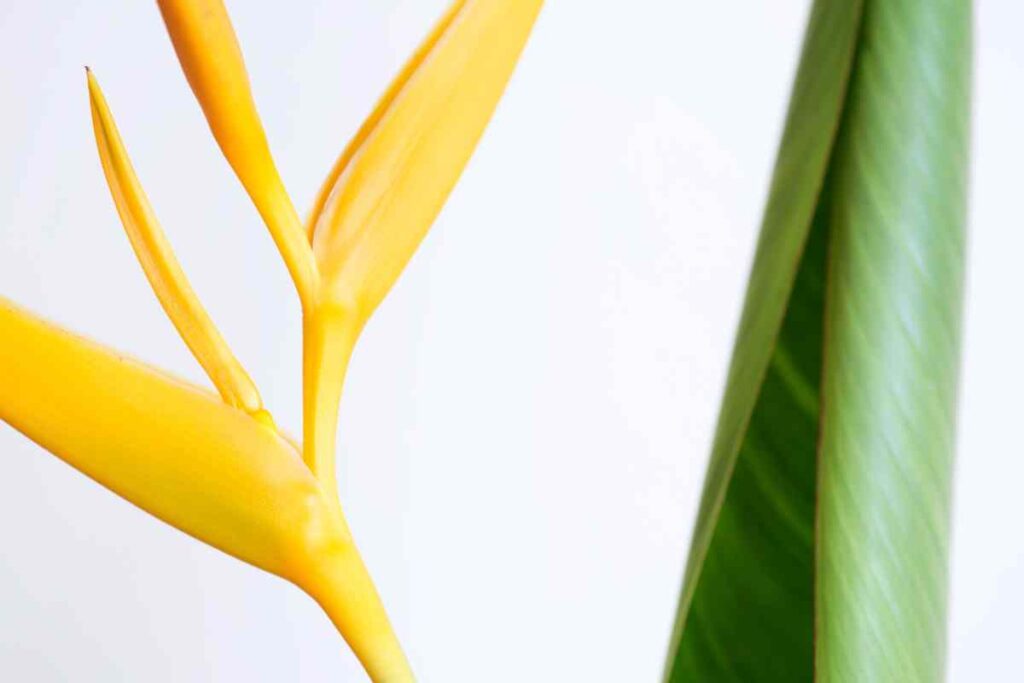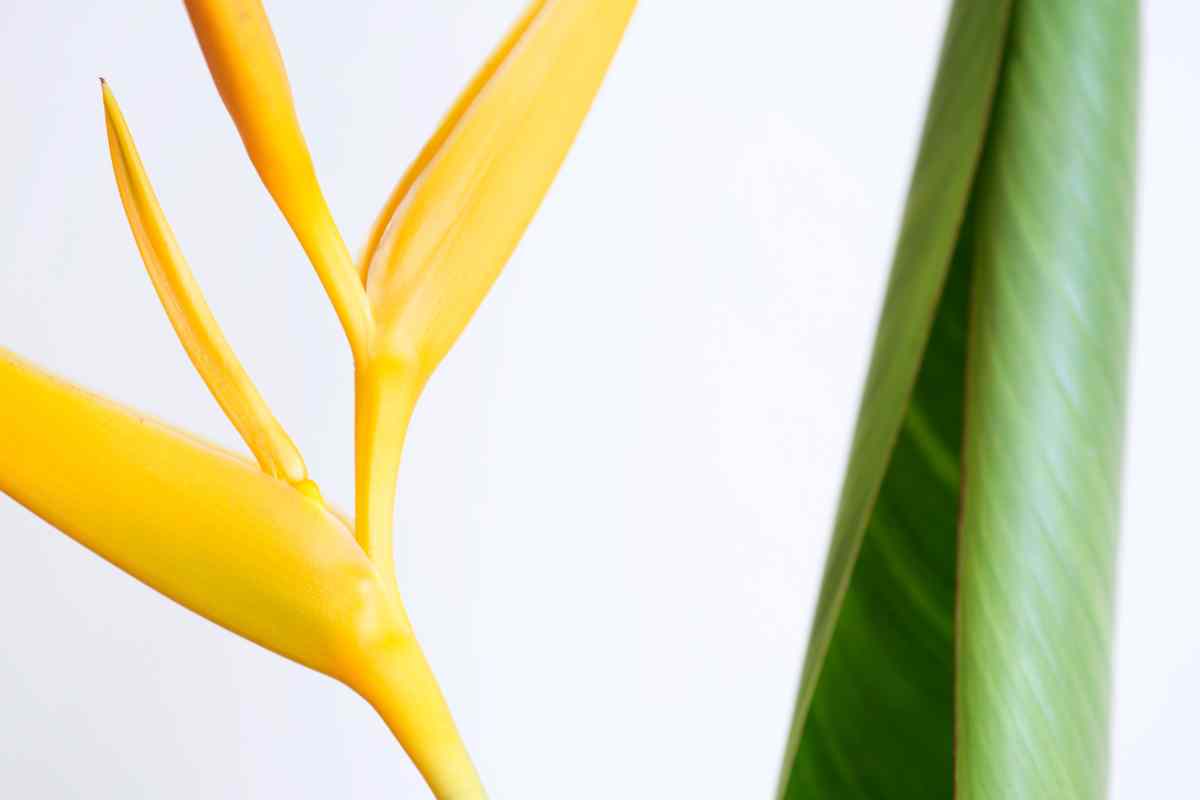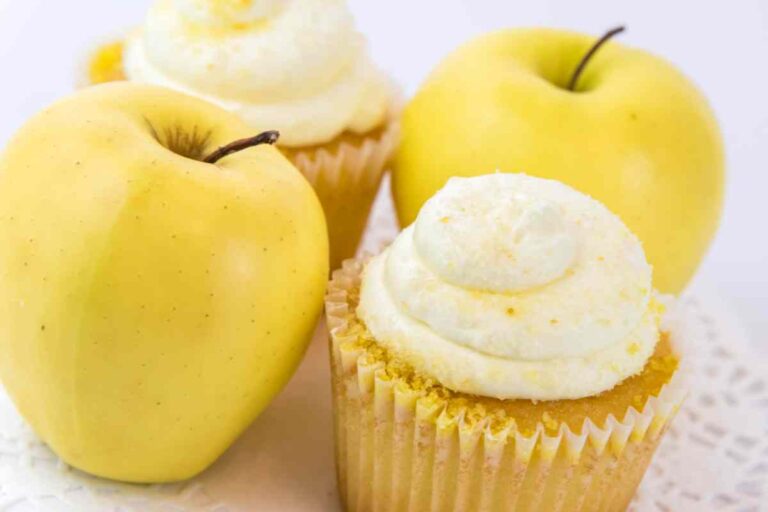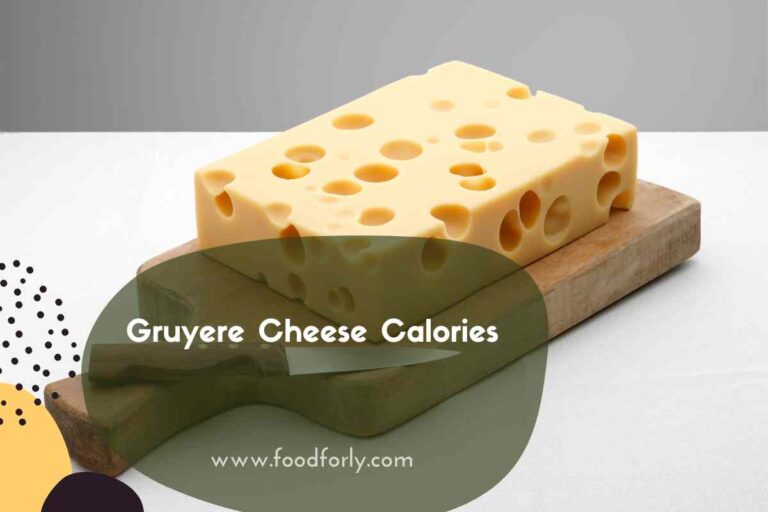Why Are The Leaves On My Bird Of Paradise Curling
Are you noticing that the leaves on your bird of paradise plant are curling? Don’t worry, you’re not alone! This common issue can be caused by a variety of factors, but with a little attention and care, you can help your plant thrive once again.
Environmental factors such as temperature and humidity levels can play a significant role in leaf curling. Additionally, improper watering or soil conditions may also be to blame. Pests and diseases could be affecting your plant’s health as well. Nutritional deficiencies can cause leaves to curl and discolor. Lastly, pruning and maintenance practices may need adjustment for optimal growth.
Why Are The Leaves On My Bird Of Paradise Curling

In this article, we will explore these potential causes in more detail and provide practical solutions to help you restore your bird of paradise plant back to its vibrant glory!
Environmental Factors
The leaves on your bird of paradise may be curling due to environmental factors. Temperature fluctuations can have a significant impact on the health of your plant. Bird of paradise plants prefer temperatures between 65 and 85 degrees Fahrenheit. If the temperature drops below or rises above this range, it can cause stress to the plant, resulting in curling leaves.
Additionally, sunlight exposure plays a crucial role in leaf health. Bird of paradise plants require bright, indirect sunlight for optimal growth. If they’re exposed to direct sunlight for long periods or placed in areas with low light levels, their leaves may start to curl as a response to the stress.
To prevent leaf curling, make sure to provide consistent temperatures and proper sunlight exposure for your bird of paradise plant.
Watering and Soil Conditions
Are you experiencing issues with the leaves on your bird of paradise curling? One possible cause could be overwatering. If you’re watering your plant too frequently or giving it more water than it needs, this can lead to the leaves curling.
On the other hand, if you’re underwatering, it can also cause leaf curling, so make sure you’re providing enough water for your bird of paradise.
Additionally, soil drainage plays a crucial role in maintaining healthy plants. If the soil doesn’t drain well and becomes waterlogged, it can lead to root rot and ultimately result in curled leaves.
Overwatering
Avoid overwatering your bird of paradise, as this can lead to curled leaves. Overwatering has consequences for your plant’s health and can cause the roots to become waterlogged, leading to root rot.
Signs of overwatering include yellowing or browning leaves, wilting despite moist soil, and a foul odor coming from the soil.
To prevent overwatering, make sure you’re using well-draining soil that allows excess water to flow away from the roots. Only water the plant when the top inch of soil feels dry to the touch.
Additionally, ensure that your pot has drainage holes so that any excess water can escape. Remember, it’s better to underwater than to overwater your bird of paradise.
Underwatering
Watering your bird of paradise too infrequently can result in dry and brittle soil, leading to stunted growth and a lack of vibrant blooms. To prevent curling leaves, it’s important to follow correct watering techniques.
First, make sure the top inch of soil is dry before watering again. This will ensure that you’re not overwatering or underwatering your plant. When watering, give your bird of paradise a thorough soak until water drains out from the bottom of the pot. This will help flush out any excess salts or minerals that can accumulate in the soil and cause leaf curling.
Additionally, consider using a well-draining potting mix to allow for proper drainage. Remember to always check the moisture level of the soil before watering to maintain healthy foliage on your bird of paradise.
Soil Drainage
To ensure proper soil drainage for your bird of paradise, it’s essential to use a well-draining potting mix and water until it flows out from the bottom of the pot. Improving drainage is crucial because excessive moisture can lead to root rot and leaf curling.
Choose a pot with drainage holes at the bottom to allow excess water to escape. Additionally, consider adding a layer of gravel or small stones at the bottom of the pot before filling it with soil. This will create a space for water to accumulate without saturating the roots.
When selecting a potting mix, opt for one that contains perlite or sand, as these materials help improve drainage by increasing air circulation within the soil. By taking these steps, you can ensure that your bird of paradise receives adequate moisture while preventing overwatering and leaf curling issues.
Pests and Diseases
If you notice tiny insects on your bird of paradise plant, such as aphids and mealybugs, they could be causing damage to the leaves and flowers. These pests feed on the sap of the plant and can lead to stunted growth and distorted foliage.
Additionally, fungal infections can also affect your bird of paradise, resulting in discolored spots or patches on the leaves.
Finally, root rot is a common issue that occurs when the soil remains consistently wet for extended periods, leading to decay of the roots and ultimately hindering nutrient uptake by the plant.
Aphids and Mealybugs
Tiny pests like aphids and mealybugs could be the culprits behind the curled leaves on your bird of paradise, creating a miniature infestation that is causing distress to your beloved plant. These common pests are known for sucking sap from plants, which can lead to leaf curling and distortion. To effectively manage these pests, you can consider using natural remedies such as neem oil or insecticidal soap. These options are both eco-friendly and safe for your bird of paradise. Additionally, practicing good pest management techniques like regularly inspecting your plant and removing any visible pests by hand can help prevent further infestations. By addressing this issue promptly with natural remedies and proper pest management, you can help restore healthy growth to your bird of paradise.
| Pest | Natural Remedies |
|---|---|
| Aphids | Neem oil |
| Mealybugs | Insecticidal soap |
Fungal Infections
Fungal infections can quickly spread like wildfire, turning your vibrant plant into a battleground of decay and destruction. These infections are caused by fungal spores that land on the leaves, finding the perfect environment to grow and thrive. Once they take hold, they can cause various issues, including leaf discoloration.
The affected leaves may start to curl as a result of the damage caused by the fungi. It’s important to address fungal infections promptly to prevent further damage. To treat this issue, you can remove infected leaves and dispose of them properly to avoid spreading the spores.
Additionally, ensure proper air circulation around your bird of paradise plant and avoid overwatering, as moisture promotes fungal growth. Regularly inspect your plant for signs of infection and take necessary measures to keep it healthy and free from harmful fungi.
Root Rot
Root rot can be a disastrous problem for your plant, causing decay and destruction in the unseen depths of its root system. It occurs when overwatering leads to waterlogged soil, creating the perfect environment for fungi to thrive.
To prevent root rot, make sure you’re not overwatering your bird of paradise. Allow the top few inches of soil to dry out between waterings and ensure proper drainage by using well-draining soil or adding perlite to your potting mix.
Signs of root rot include yellowing leaves that eventually turn brown and mushy roots that have a foul odor. If you notice these symptoms, it’s important to act quickly by removing the affected roots and repotting your plant in fresh, sterile soil.
Nutritional Deficiencies
Are you wondering why the leaves on your bird of paradise are curling? Well, one possible reason could be that it’s not getting enough nutrients.
Plant fertilization plays a crucial role in providing the necessary nutrients for a healthy plant. If your bird of paradise is not receiving adequate fertilization, it may suffer from nutritional deficiencies. This can manifest in various ways, including leaf discoloration and curling.
When a plant lacks essential nutrients like nitrogen, phosphorus, or potassium, the leaves may start to curl as a sign of distress. To address this issue, consider using a balanced fertilizer specifically formulated for tropical plants like the bird of paradise. Be sure to follow the instructions on the fertilizer package carefully to ensure proper application and give your plant the nutrition it needs to thrive.
Pruning and Maintenance
Regular pruning and maintenance are essential for keeping your bird of paradise plant healthy and vibrant. By following proper pruning techniques, you can promote healthy growth and prevent the leaves from curling. Here are a few tips to help you maintain your bird of paradise:
| Pruning Technique | Description | Benefits |
|---|---|---|
| Remove dead or damaged leaves. | Trim off any brown or yellow leaves. | Prevents disease spread and improves appearance. |
| Cut back overgrown stems. | Trim back any long, leggy stems to encourage new growth. | Promotes bushier plant and more blooms. |
| Divide overcrowded plants. | Separate overcrowded clumps into smaller sections. | Allows better air circulation and reduces competition for nutrients. |
| Remove old flower stalks. | Cut off spent flower stalks after blooming is complete. | Redirects energy towards new growth. |
Remember to use clean, sharp tools when pruning and disinfect them between cuts to prevent the spread of diseases. Regularly maintaining your bird of paradise will ensure it stays healthy, with beautiful leaves that don’t curl.
Conclusion
So, if you notice that the leaves on your bird of paradise are curling, don’t worry! There are several possible reasons for this.
It could be due to environmental factors such as temperature and humidity levels. Another possibility is improper watering and soil conditions. Pests and diseases can also cause leaf curling. Lastly, nutritional deficiencies or lack of pruning and maintenance may be the culprits.
By identifying the specific issue and addressing it accordingly, you can help your bird of paradise regain its healthy foliage once again.




